A Complete Analysis of “Two Sides” by Wassily Kandinsky

Discover an in‑depth exploration of Wassily Kandinsky’s 1938 abstract painting Two Sides, analyzing its mirrored forms, vibrant palette, and symbolic interplay of line and color.

Discover an in‑depth exploration of Wassily Kandinsky’s 1938 abstract painting Two Sides, analyzing its mirrored forms, vibrant palette, and symbolic interplay of line and color.
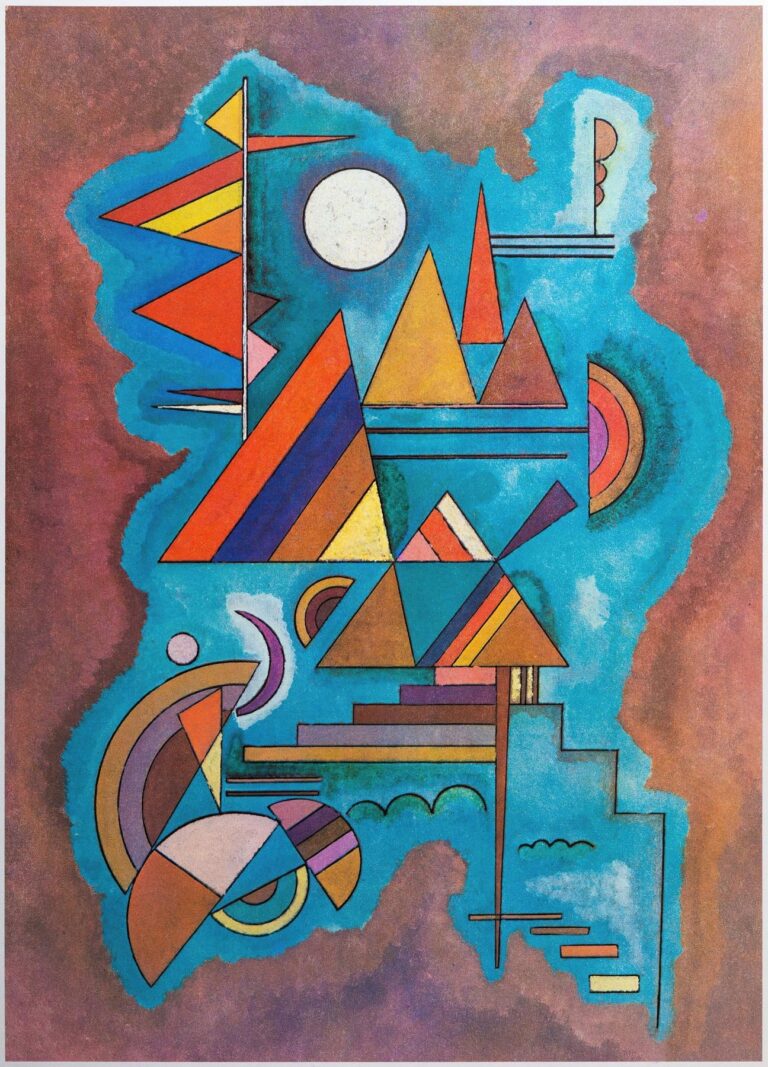
Delve into the geometry, color harmony, and spiritual symbolism of Wassily Kandinsky’s 1930 abstraction Standing, a masterful Bauhaus composition balancing form and feeling.

Dive into Kandinsky’s 1913 lithograph Klänge Pl.05, exploring its vibrant oval tableau of mountain, figures, horse, and rain of red droplets as a synesthetic visual symphony.

Discover the dynamic interplay of calligraphic line, rhythmic form, and spiritual symbolism in Wassily Kandinsky’s 1913 lithograph Klänge Pl.06, where abstraction becomes a visual symphony.
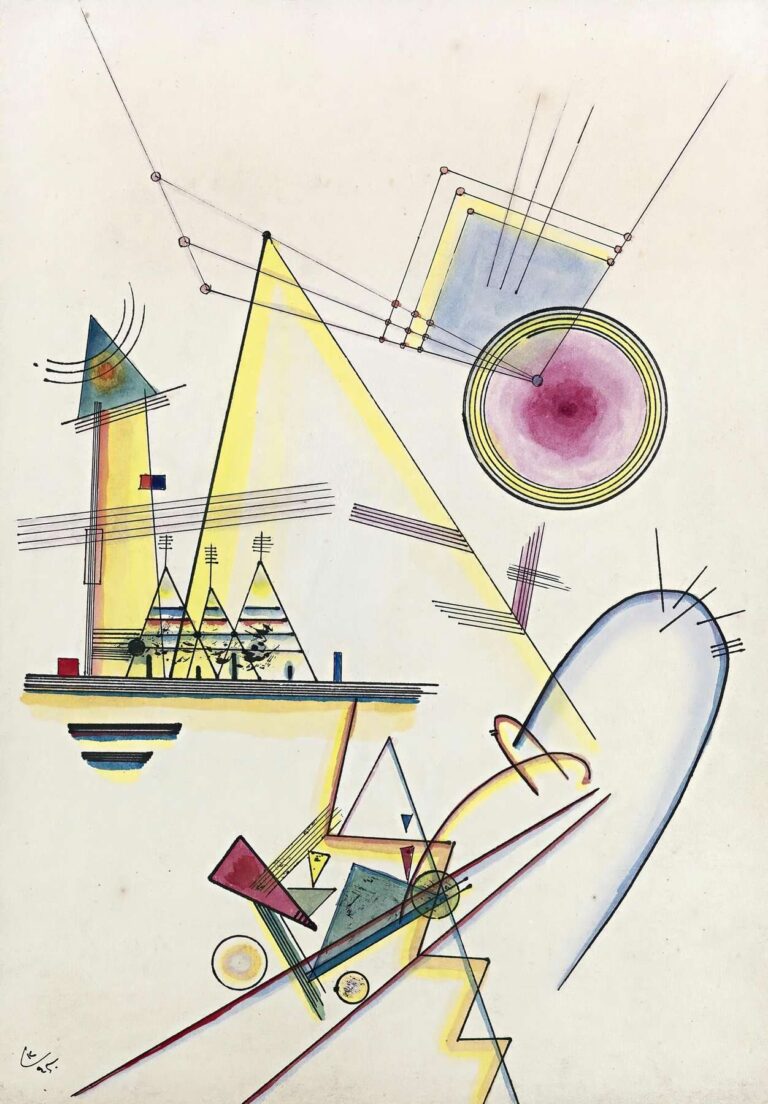
Explore Kandinsky’s 1925 masterpiece Delicate Soul, a harmonious fusion of triangle, circle, and arc that illuminates the artist’s spiritual abstraction and geometric lyricism.

Delve into the dynamic interplay of color, form, and synesthetic harmony in Wassily Kandinsky’s 1913 lithograph Klänge Pl.07, exploring its musical abstraction and spiritual resonance.

Explore the vibrant geometry and spiritual resonance of Wassily Kandinsky’s Klänge Pl.09, uncovering the harmonious interplay of color, line, and form in this late Bauhaus masterpiece.
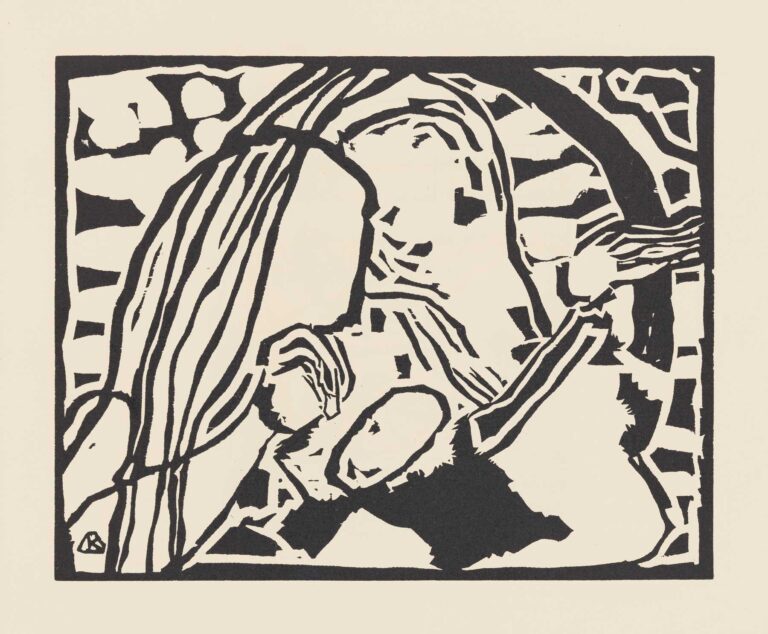
Explore how Kandinsky’s Klänge Pl.09 fuses musical theory and abstract form in 1913, dissolving figuration into rhythmic black-and-white rhythm and pioneering modern abstraction.
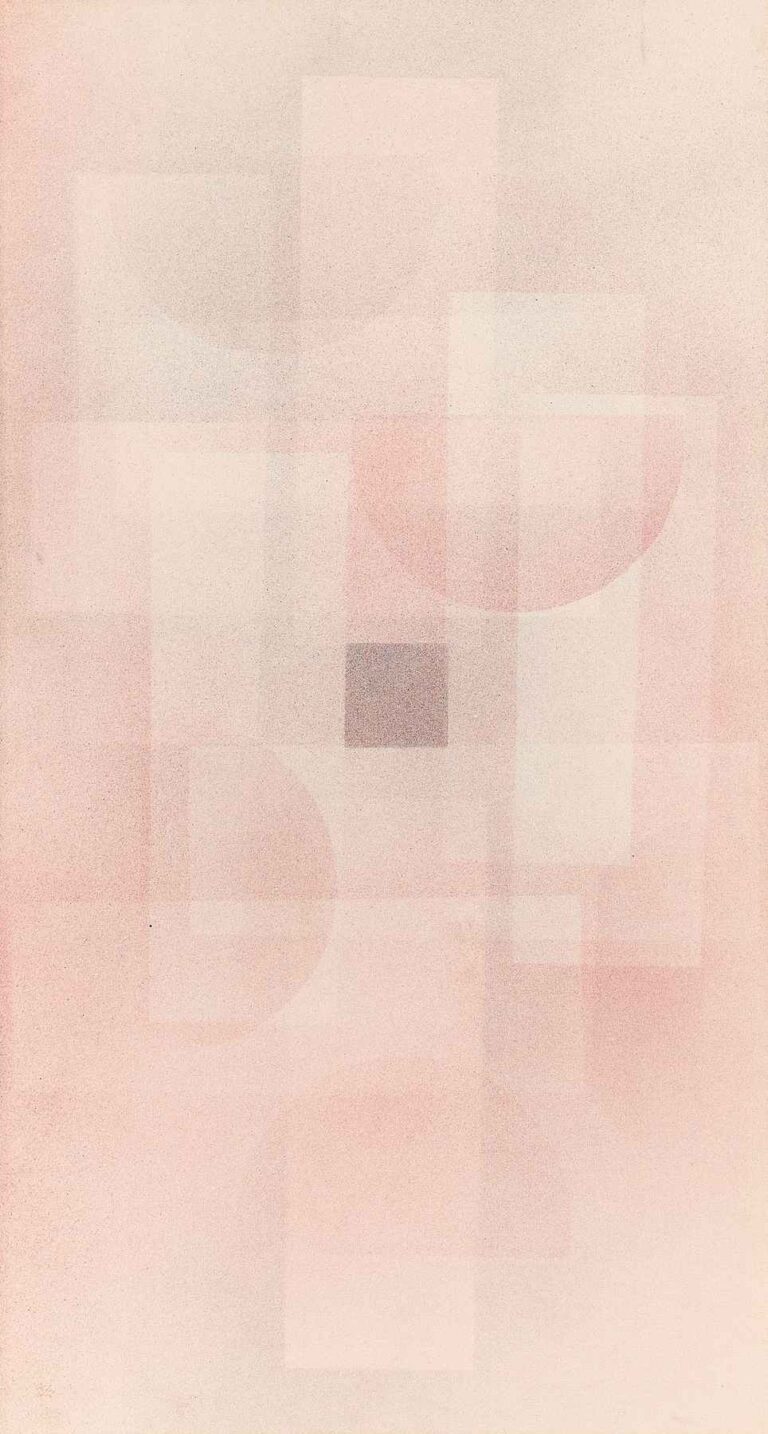
Discover how Wassily Kandinsky’s 1932 abstraction “Square in the Fog” dissolves geometry into a mist of soft hues, uniting his spiritual theories with Bauhaus influences to reshape modern art.

Explore how Kandinsky’s 1913 woodcut “Klänge Pl.08” transforms stark black forms, sweeping diagonals, and charged negative space into an abstract visual symphony that resonates with spiritual depth.
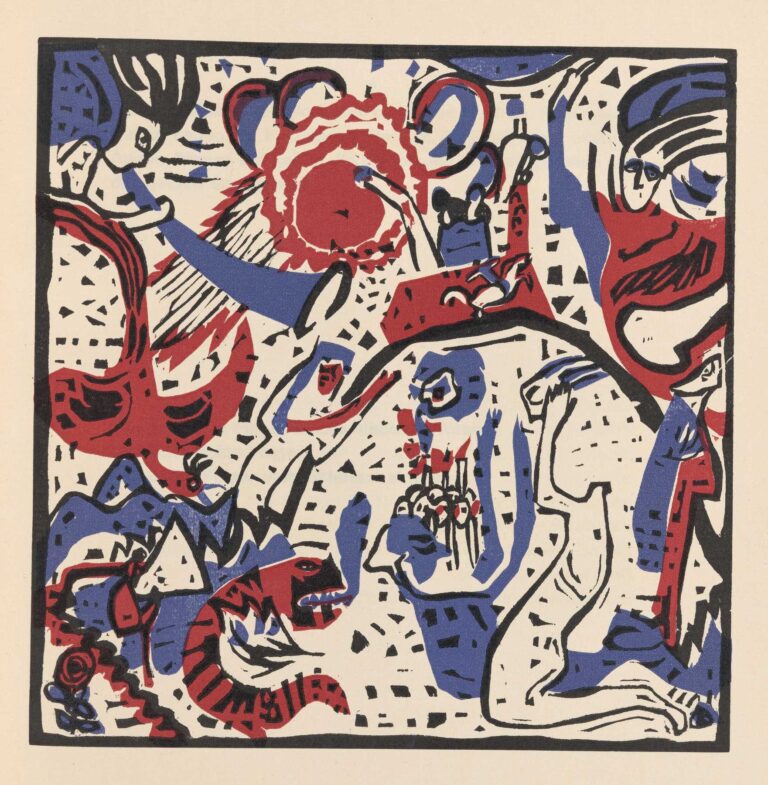
Discover the intricate interplay of form, color, and rhythm in Kandinsky’s “Klänge Pl.11” (1913), where abstract shapes evoke musical resonance and spiritual depth.

Explore Kandinsky’s 1915 untitled watercolor and pencil drawing, where sweeping arcs, intersecting diagonals, and glowing washes converge into a visual symphony of spiritual abstraction.

Dive into Kandinsky’s Klänge Pl. 12 (1913), where sweeping black arcs, scattered relief fragments, and crimson and ultramarine washes converge in a visual symphony of abstract sound and spiritual ascent.
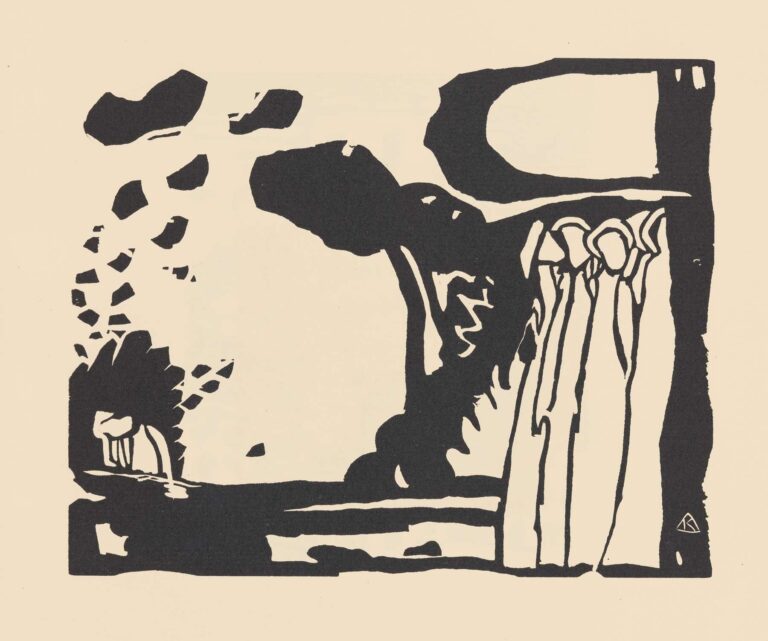
Delve into Kandinsky’s Klänge Pl. 10 (1913), a masterful woodcut where bold black relief, rhythmic voids, and four slender carved figures converge in a visual symphony of tension and spiritual revelation.
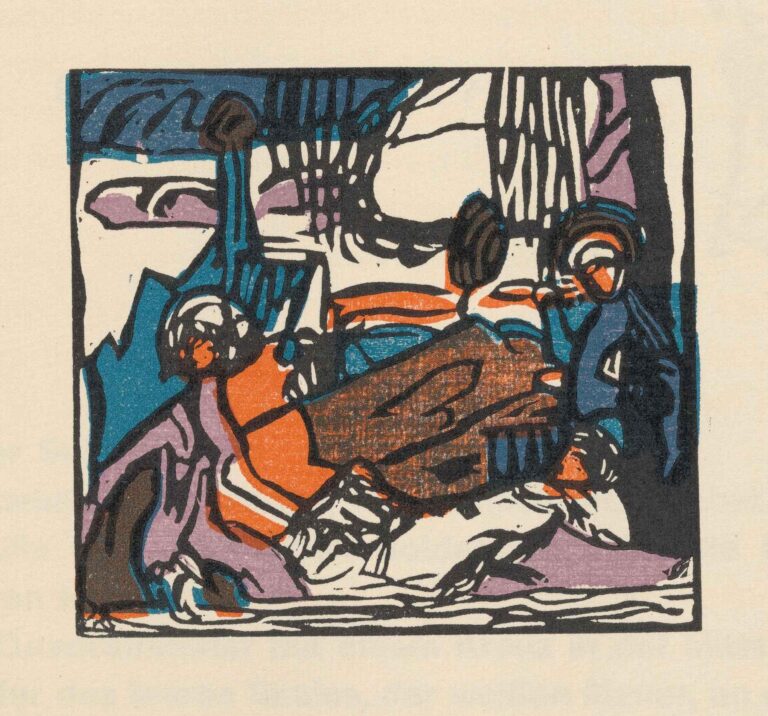
Explore Kandinsky’s Klänge Pl. 13 (1913), a woodcut turned visual symphony where bold black relief, rhythmic notches, and ochre and teal washes intertwine in a spiritual dance of abstraction.
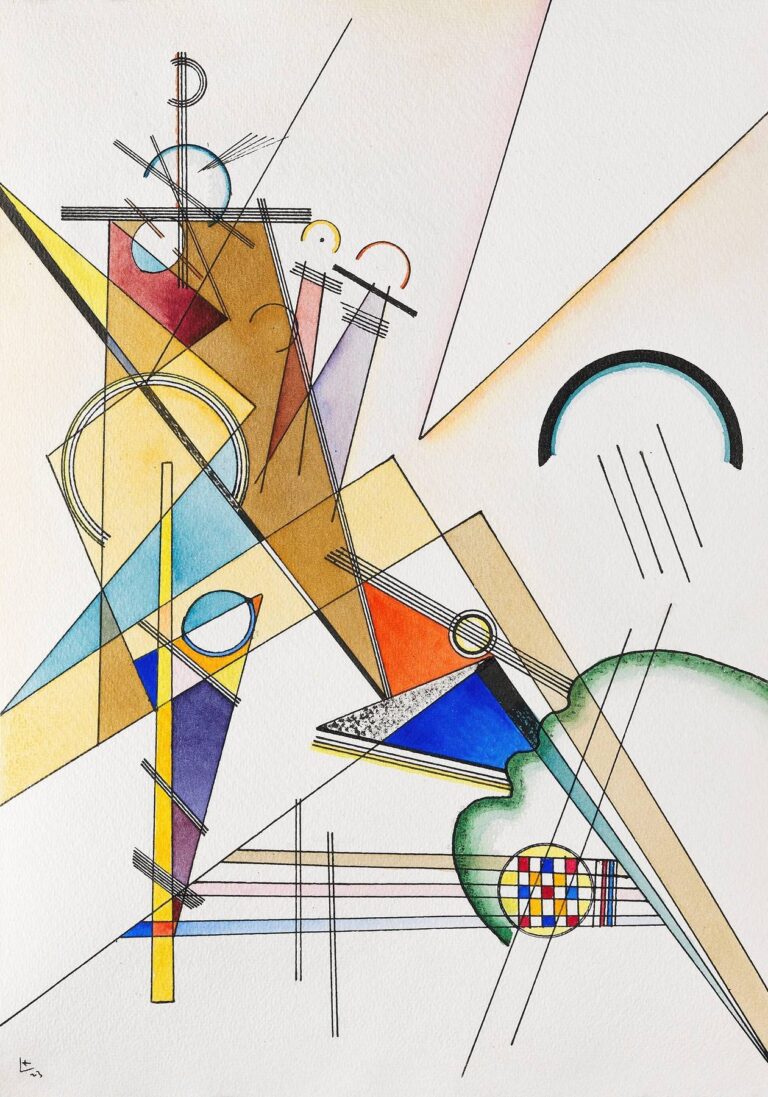
Delve into Kandinsky’s Textile (1923), a chromolithograph where intersecting diagonals, vibrant color planes, and rhythmic lines weave together in an abstract harmony that echoes weaving and spiritual ascent.
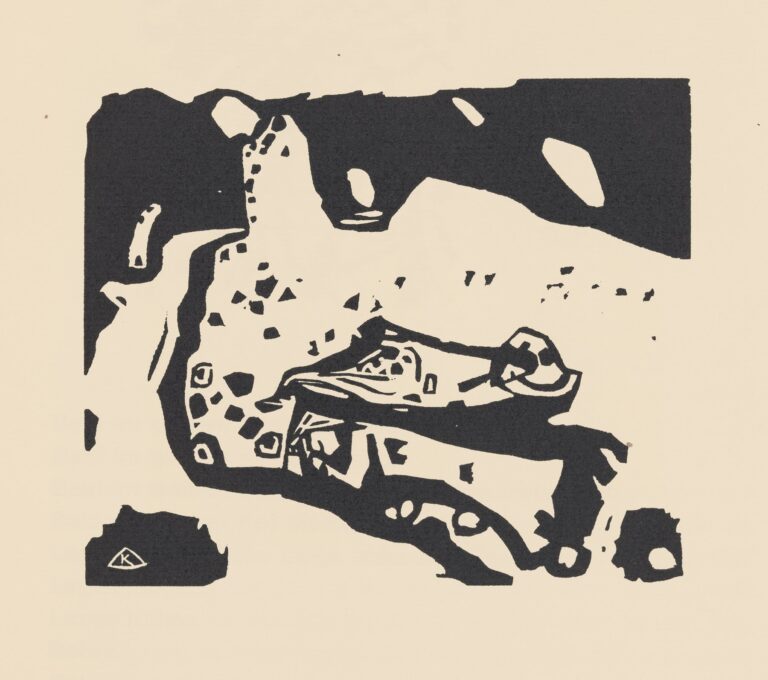
Discover Kandinsky’s Klänge Pl. 14 (1913), a masterful black‑and‑white woodcut where bold relief and rhythmic voids converge in a silent visual symphony of abstraction and spiritual resonance.
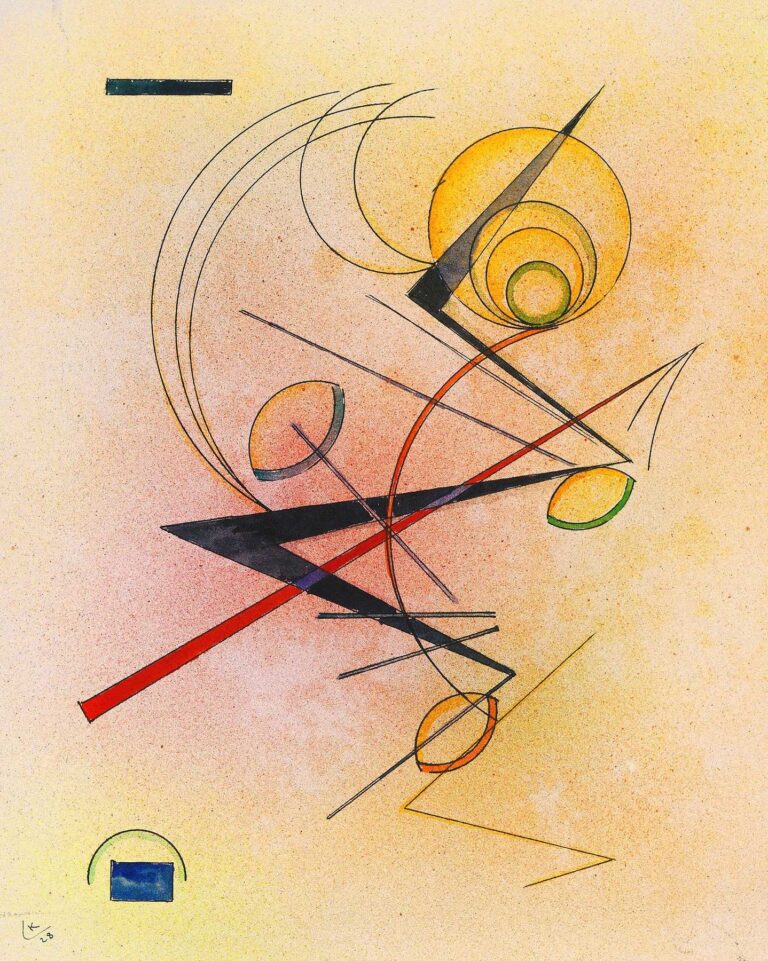
Delve into Kandinsky’s Small Warm (1928), a late‑Bauhaus lithograph where ochre washes, slender diagonals, and floating ovals create an intimate composition of subtle warmth and rhythmic grace.